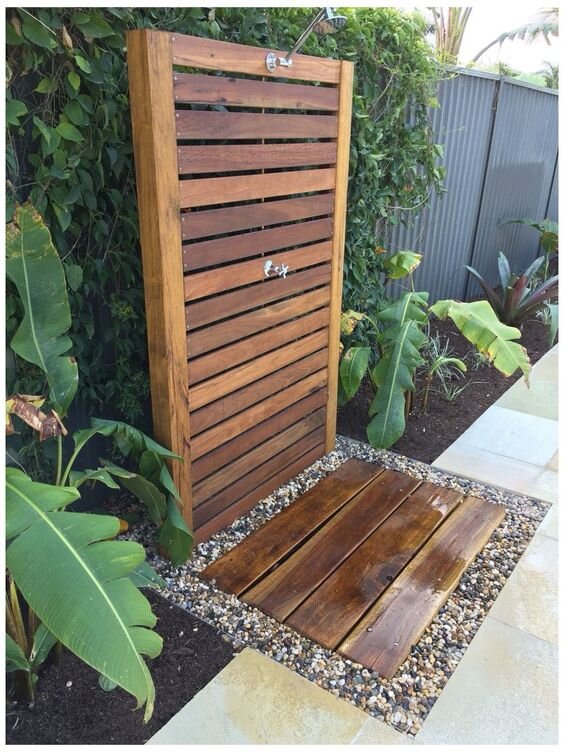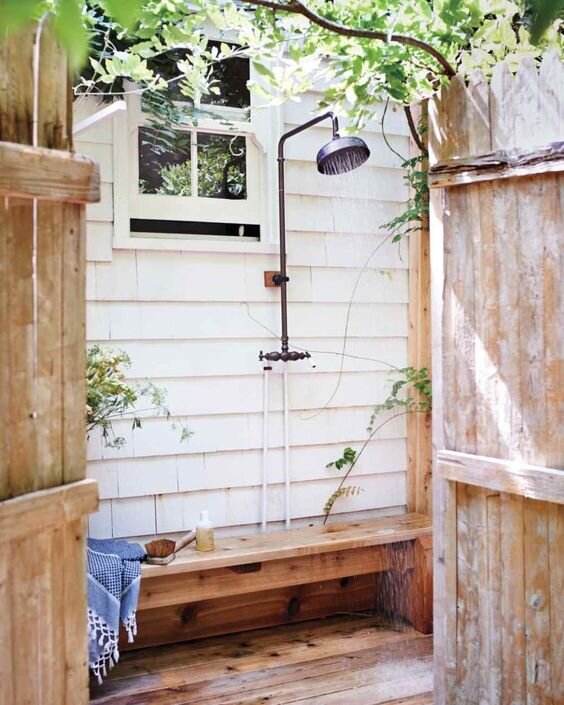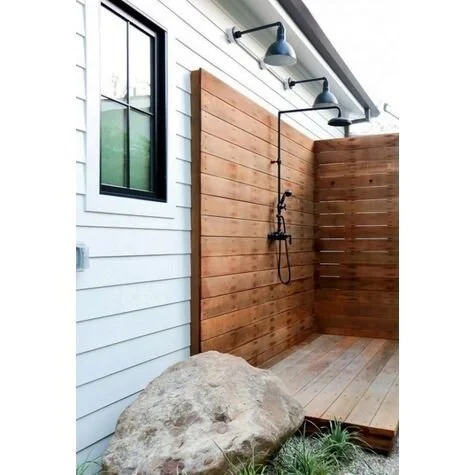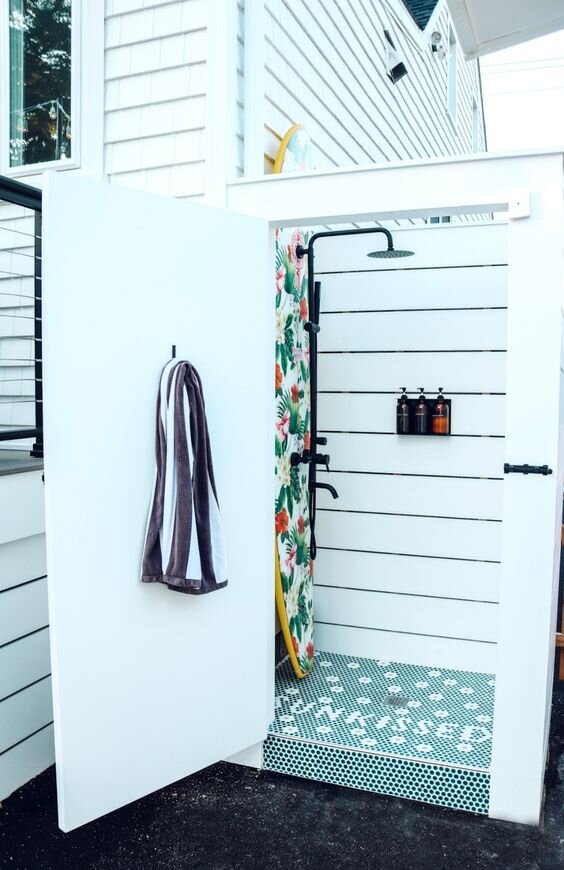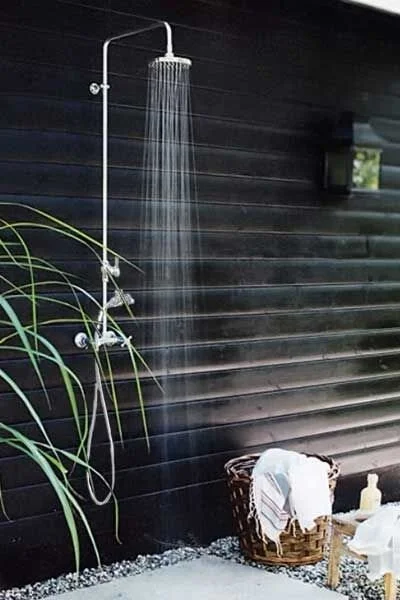The Top Drainage Problems in Your Yard (And How to Solve Them)
RH Business Marketing Solutions
If you look out to your backyard and see stagnant water everywhere, that’s a significant indication you have a drainage problem. These spots waterlog grass or other plants and can cause pools and holes in your outdoor space. Thankfully, you can resolve this issue with the proper adjustments and take control of your yard once again. Use these suggestions below to know what to look for and how to protect your lawn.
Common Drainage Issues
Solving drainage can be simple if you understand what you’re looking for. Improper draining signs could include:
Standing water after heavy rainfall
Soggy spots that don’t dry out
Pooling liquid near or under your home
Damage to the ground under driveways
Unnatural soil erosion
Congested downspouts and gutters
Inspect your yard if you suspect your outside area has stopped proper draining methods. Once you have diagnosed a potential concern, you can immediately start your plan to fix up your lawn.
1. Clean Your Gutters and Downspouts
Gutters direct the flow of water off of your roof to downspouts. These pipes quickly divert liquid down their openings and out into your yard. If there are clogs or corrosion around your gutters, draining from the downspouts may be slower or stop altogether. Water will collect around the foundation of your house without a proper draining system, which can trickle down into crawlspaces and basements.
You can use a ladder to climb up and remove any loose debris like leaves or mud to help with the flow. If you notice an area that needs repairs, hire a gutter and downspout inspector to ensure that each attachment is up to code.
2. Replace Your Driveway
The dirt underneath your driveway can become unstable if enough water sits around it. Switching the materials of your parking space can help prevent that from happening.
Asphalt is an excellent replacement because it has a porous surface that drains water deep into the ground. This option lessens the amount of liquid around the area and adds protection to your yard. Paving companies will do the work for you and give you peace of mind when it comes to your driveway.
3.Fixing Shallow Depressions
Some yards aren’t as flat or scaled as others, and this can cause small pools of standing water to dot your lawn. As the water collection grows, your soil can slowly erode, causing more significant depressions in the ground to form.
You can solve this by adding top dressings, which means putting down a thin layer of soil every so often. Keep your dirt to about 1/4 to 1/2 inches thick, and apply it around every 12 weeks over the affected area. Eventually, you will have a flatter lawn, and you remove any shallow holes or depressions that hold excess liquid.
4. Shorten Watering Times
Sometimes one of the best ways to reduce pooling water is to reschedule when you turn on your sprinklers. If some parts of your yard slope more, having extra liquid running on your lawn can cause it to collect in those spots. Give your outside area a healthy balance between wetting and drying for the best results for your plants and grass.
Resolve Your Drainage Problems
Keep your yard functioning and attractive by fixing drainage problems with the right tools and assistance. You can resolve some concerns with some DIY techniques, or you might need to hire a trained expert. Maintaining a close eye on wet spots on your lawn will help you get your yard back where it needs to be.
Guest Contributor: Rose Morrison















